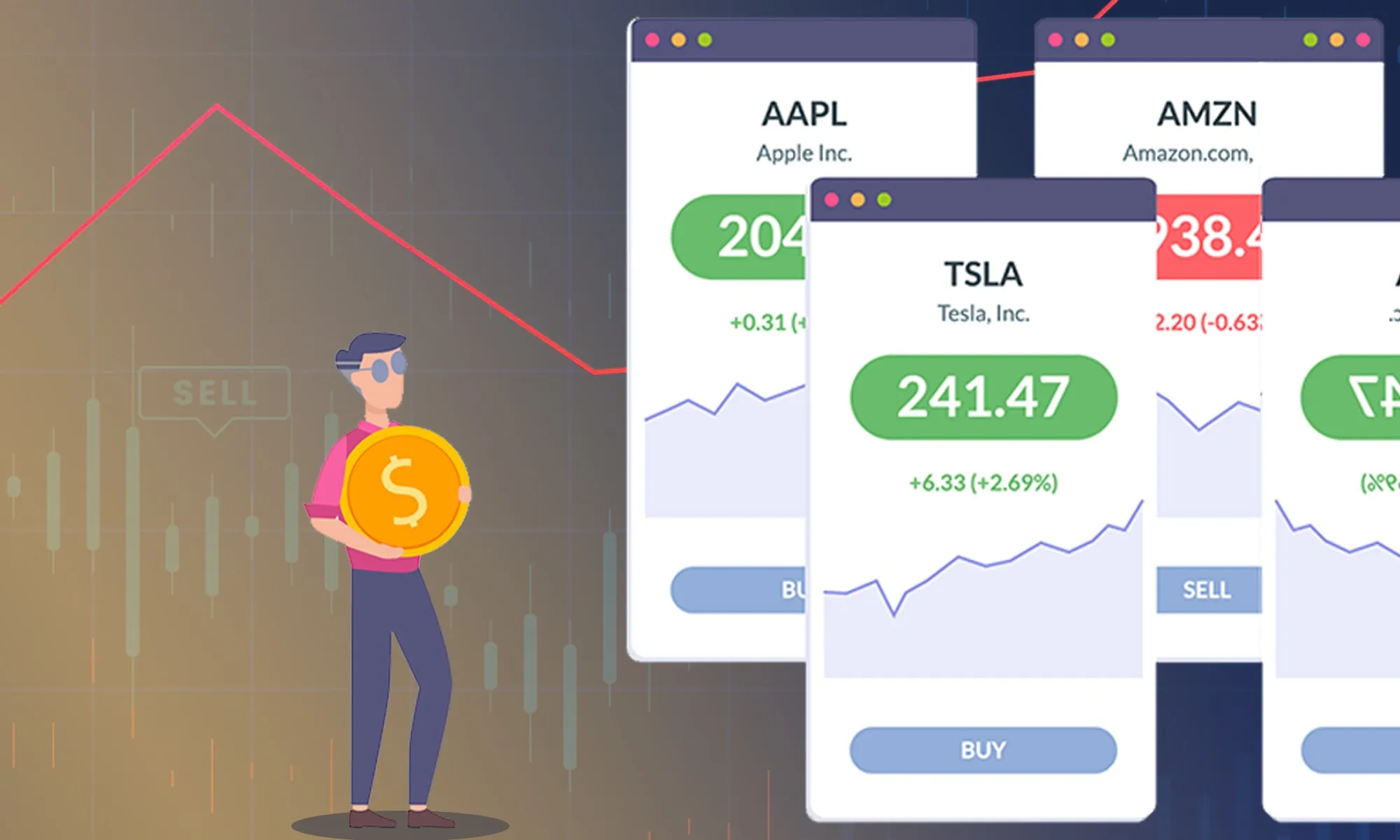This article uses a case study to demonstrate the strategy of holding in cash and waiting for share markets to fall (market opportunities/ volatility) before investing. It demonstrates the key benefits as well as consequences and urges clients to seek professional advice from a qualified financial planner.
As any long-term share market investor knows, markets can go up and they can go down. While most people view a falling market as a bad thing, some investors see it as a buying opportunity. After all, it’s better to pay, say, $60 for a share after a market dip than $100 for the same share at the market peak.
Of course, to be able to exploit these buying opportunities, the cash needs to be available. That means hoarding some extra cash while markets are happy in anticipation of a rainy day. It also means having a strategy around when to invest, how much to invest, how long to hold and what to invest in. There isn’t a single, off the shelf solution to this, but 58-year-old Adam provides an example of what the rainy day investor needs to think about.
How much?
Adam is a seasoned investor with a sizable self-managed super fund. He has weathered several market slumps over the years, and when markets are trading normally, with low volatility, he is happy to build up a cash reserve of up to 20% of his fund’s value to be used when the share market goes ‘on sale’. The cash comes from dividends and distributions, contributions and realised capital gains.
When to invest?
With no hard and fast rules, Adam decides that if the market falls by 10% he will invest 25% of his reserved cash. For each further fall of 10% he will invest a further 25%, so after a market fall of 40%, all his cash stash will be invested. This could occur in a short time period or evolve over many months of ups and downs. In some market corrections he may not use all of this cash.
What to invest in?
Adam has some favourite shares and if they fall significantly in value he will top up his holdings. However, he knows this involves more risk than buying the market, so most of his purchases will be of index funds.
How long to hold?
In volatile markets price movements can be sudden, dramatic, and in either direction. Adam’s strategy is to sell any shares that produce a gain of 20% or more during the recovery phase. He also uses stop-loss orders to provide some protection from further sharp falls. Adam also limits himself to buying quality assets, and is prepared to hold them long term if the recovery is a slow one.
Adam knows his strategy isn’t perfect. If share prices don’t fall, he is left holding larger amounts of low-yielding cash than would normally be the case. If they fall a long way, he’ll miss out on buying at the bottom of the market. But Adam gains some peace of mind that if (or when) market corrections do occur, his strategy should provide some protection to his super portfolio and improve his long-term position.
Seek advice
This is just one example of a rainy day cash strategy. Everyone’s circumstances differ, and it is important to seek appropriate advice specific to your situation.
At Hejaz Financial Services, we have an in-house investment team who manage your funds, setting the management of your wealth as our priority. Learn more about our Halal Managed Funds here.
